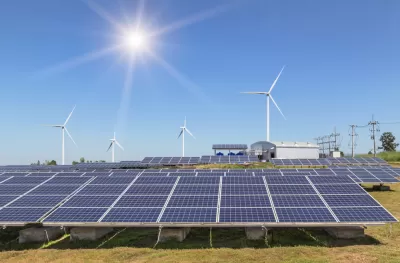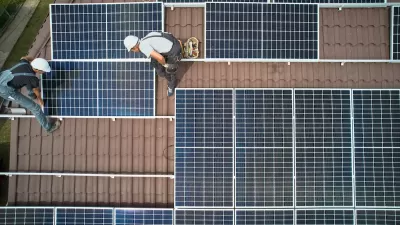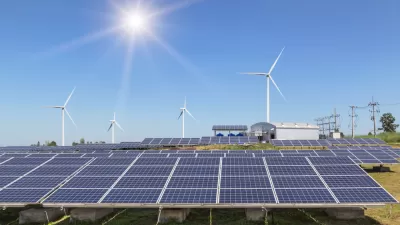The Coal-to-Clean Initiative is an effort to fund the early retirement of coal plants in emerging markets, urging public-private collaboration to achieve a just energy transition that limits global warming and supports sustainable growth.

In this opinion piece, Mike Hayes, Global Climate Change and Decarbonization Leader at KPMG, argues that the Coal-to-Clean Initiative has the potential to revolutionize the transition from coal-powered energy to renewable energy in emerging markets. This initiative seeks to fund the early retirement and repurposing of coal-fired power plants. Hayes emphasizes that emerging economies, which account for 65% of the global population but receive only 15% of clean energy investments, face unique challenges in achieving economic growth while addressing climate goals. By engaging a broad coalition of banks, corporations, philanthropies, and development banks, the initiative aims to provide scalable financing solutions that align with just energy transition objectives, maintaining energy capacity while reducing the environmental impact of coal.
Drawing on reflections from COP29 in Baku, Hayes expresses cautious optimism about the growing role of businesses in driving climate action despite record global fossil fuel use in 2023. While renewable energy capacity is forecasted to nearly triple by 2030, he stresses that achieving this goal will not be straightforward. Hayes calls for more coordinated efforts to address the financial gaps hindering the transition in emerging markets. The World Economic Forum’s Annual Meeting in Davos is highlighted as a critical moment to advance this agenda, with tools like the Coal-to-Clean Toolkit and Decision Tree offering actionable roadmaps for transformative change.
Hayes concludes by underscoring the urgency of aligning global efforts to limit warming to 1.5°C, calling for bold decisions from both public and private sectors. He asserts that business leaders must not remain spectators but instead take active roles in shaping a sustainable future. By fostering partnerships, providing clear market incentives, and scaling impactful coal-to-clean programs, the initiative aims to create an equitable energy transition that leaves no one behind. This piece advocates for a collaborative approach to address one of the most pressing challenges of our time.
FULL STORY: From coal to clean: Financing a just energy transition in emerging markets

Americans May Be Stuck — But Why?
Americans are moving a lot less than they once did, and that is a problem. While Yoni Applebaum, in his highly-publicized article Stuck, gets the reasons badly wrong, it's still important to ask: why are we moving so much less than before?

Using Old Oil and Gas Wells for Green Energy Storage
Penn State researchers have found that repurposing abandoned oil and gas wells for geothermal-assisted compressed-air energy storage can boost efficiency, reduce environmental risks, and support clean energy and job transitions.

Placekeeping: Setting a New Precedent for City Planners
How a preservation-based approach to redevelopment and urban design can prevent displacement and honor legacy communities.

San Francisco’s Muni Ridership Grew in 2024
The system saw its highest ridership since before the Covid-19 pandemic, but faces a severe budget shortage in the coming year.

Colorado Lawmakers Move to Protect BRT Funding
In the face of potential federal funding cuts, CDOT leaders reasserted their commitment to planned bus rapid transit projects.

Safe Streets Funding in Jeopardy
The Trump administration is specifically targeting bike infrastructure and other road safety projects in its funding cuts.
Urban Design for Planners 1: Software Tools
This six-course series explores essential urban design concepts using open source software and equips planners with the tools they need to participate fully in the urban design process.
Planning for Universal Design
Learn the tools for implementing Universal Design in planning regulations.
Heyer Gruel & Associates PA
City of Moreno Valley
Institute for Housing and Urban Development Studies (IHS)
City of Grandview
Harvard GSD Executive Education
Salt Lake City
NYU Wagner Graduate School of Public Service
City of Cambridge, Maryland





























